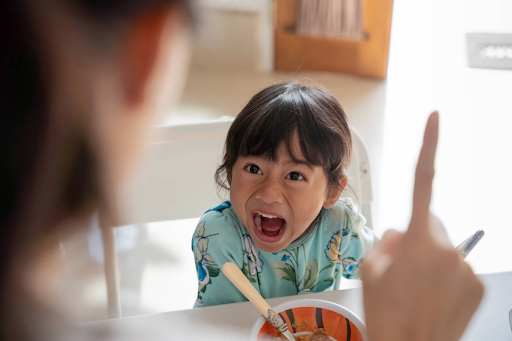Sensory Diet for Children with Autism
- HEALIS AUTISM CENTRE

- Mar 14, 2023
- 3 min read

What is a sensory diet?
A sensory diet refers to an individualized plan of physical activities prescribed by an Occupational Therapist or a Certified Occupational Therapy Assistant. These activities are scheduled into the child’s day to help meet his or her sensory needs. The main objective of a sensory diet is to help children achieve and regulate the desired level of sensory stimulation they need to feel calm, which will then lead to an optimal state for learning and behaving appropriately.
Children with autism may experience being either over or under-reactive to stimulation due to a dysfunctional sensory system and this leads to some common behaviors such as hand-flapping and rocking. Children who have an inadequate sensory diet may also experience sleep difficulties, trouble with regulating attention and emotions, anxiety and social isolation. Therefore, it is important to introduce a sensory diet, a tailored program, to help them manage sensory processing difficulties. Specific types of activities such as tactile, proprioception and vestibular address specific sensory systems. These activities assist children with attention regulation and maintaining an appropriate level of arousal so that they are able to perform in academic and social environments.
Tactile
The tactile system provides information regarding touch, pain, temperature and pressure. A dysfunction in the tactile system may cause a misperception of pain or touch and may lead to general irritability and self-imposed isolation. Some behaviors of a dysfunction in the tactile system are withdrawing when being touched, avoiding getting one’s hands dirty or refusing to wear certain types of clothes. Tactile activities are beneficial in helping children to build nerve connections in the brain’s pathways and develop good fine motor skills. Some activities that may help regulate the tactile system are high fives, playing with squeeze balls, drawing in sand or playing with textured objects.
Proprioception
The proprioceptive system, which provides us with a sense of body awareness, detection and control of forces and pressure, is located in our muscles and joints. It allows us to perform gross and fine motor actions such as sitting upright at the table and writing with a pencil, respectively. Some common behaviors of proprioceptive dysfunction are the tendency to fall, having odd body postures and having difficulty manipulating small objects. Activities such as jumping on a trampoline, carrying a weighted object and tug-of-war games can be used as part of the sensory diet for proprioceptive input. By incorporating proprioceptive activities into the sensory diet, it allows children to improve body awareness and control, as well as to maintain proper body postures and coordination.
Vestibular
The sensory system responsible for providing information about motion, balance, head position and spatial orientation is known as the vestibular system. It is important for movement and stabilizing both the head and the body. Children who are hypersensitive to vestibular stimulations may appear clumsy and may have trouble learning to climb up and down the stairs or walk on uneven surfaces. On the other hand, children who are hyposensitive to these stimulations may actively seek intense sensory experiences by jumping or spinning excessively. Activities that allow children to engage their vestibular system include playing on a swing, sliding down a slide, walking across a balance beam, and dancing to songs that involve a change in head position (e.g. “Head, shoulders, knees and toes” song)
In conclusion, while a sensory diet is beneficial for children, it is important to take note of the frequency, intensity, duration and timing the activities are carried out. Each child’s level of need varies so it is essential to ensure that the needs are met. Activities in a sensory diet should also be incorporated into everyday life and play time so that they are more enjoyable for the children. When children learn to self-regulate, they also improve on skills such as concentration and understanding of the concept of sharing and taking turns. With those skills, children will begin to manage tasks independently.
Written by Guat Shin.
References
Bennie, M. (2021, May 31). What is a sensory diet? Autism Awareness Centre Inc. Retrieved December 10, 2021, from https://autismawarenesscentre.com/what-is-a-sensory-diet/.
Grogan, A. (2021, July 5). 45 Essential Vestibular Activities and Input Ideas. Your Kid's Table. Retrieved December 10, 2021, from https://yourkidstable.com/vestibular-activities-and-input/.
Hatch-Rasmussen, C. (n.d.). Sensory Integration. Sensory Diet. Retrieved December 10, 2021, from https://www.ssdmo.org/cool_tools/inclusive/resources/trying_to_make_sense_resources.pdf.
Sensory Diet. Kid Sense Child Development. (2016, November 27). Retrieved December 10, 2021, from https://childdevelopment.com.au/areas-of-concern/sensory-processing/sensory-diet/.








Comments